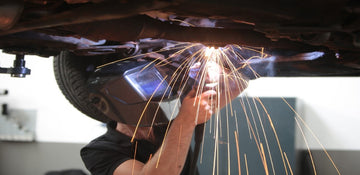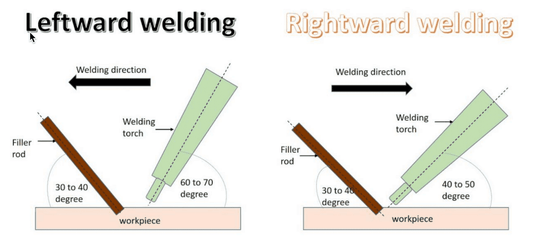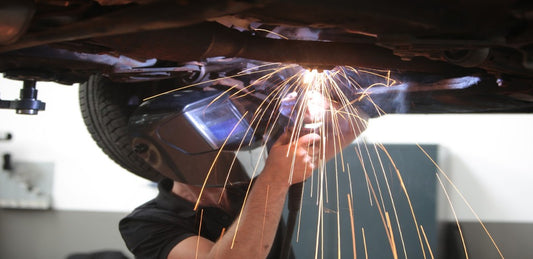10 Tips and Tricks for Welding Titanium
Titanium is a popular material for use in aerospace, fabrication industry, and other high-tech applications due to its unique properties, including its high strength-to-weight ratio and excellent corrosion resistance. Welding titanium can be a challenging task, but with the right knowledge and skills, it is possible to create high-quality welds that are strong and durable.
The following is a few tips and tricks to help you work with titanium.
1. Use the right power source
For welding titanium, it is recommend to use a standard TIG welding power source with direct current electro negative polarity with remote amperage control. A high frequency acr startup can get a better welding quanlity.
2. Use a water-cooled TIG torch
To get high-temperature welding for more extended periods, it is better to choose a water-cooled TIG torch. They are smaller and more easily steerable compared with air-cooled torches. You can also choose an air-cooled torch instead for a cheaper option.
3. Choose the right electrode
In generally, a 2% ceriated tungsten electrode are used to welding titanium to get a stable arc. The electrode size depends on the welding amperage.
- For less than 125 amps, use 1/16 inch in diameteror smaller electrode.
- For 125 to 200 amps, use 1/16 to 3/32 inch in diameterelectrode.
- For greater than 200 amps, use about3/32 to 1/8 inch in diameter electrode.
4. Use a wide gas lens
For longer welds, please use a wide gas lens at least 0.75 to 1 inch diameter toget more extensive coverage.
5. Use a porous copper purge block
Use a porous copper purge block can cover all sides of workpieces. It likes a lens and even distributes the shielding gas evenly according the length of workpiece. The ideal gas flow for purge blocks and trailing shields is 10 cubic feet per hour. For the torch, recommend to set at 20 cubic feet per hour.
6. Use high-purity argon and nonporous plastic hose
When welding titanium, it is mandatory to use sufficient argon shielding around the welding length to eliminate any absorption of oxides. 99.999% super high-purity argon shielding gas is recommend. Meanwhile, it is recommend to use a nonporous and clean plastic hose for carrying the argon gas from the cylinder to the shielding. The rubber hose is forbidened as it is porous which will absorb xoygen on the way.
7. Shield gas flow before welding
Let the shielding gas flow in the welding joint enough time to drive away air before welding. This helps protect the weld from contamination.
8. Maintain shielding gas flowafter welding
To get best welding quanlity, please maintaining the post-procedure shielding gas flow until the workpiece cools down to less than 400°C.
9. Wear nitrile gloves
To protect the material from contamination, wearing nitrile gloves is essential when welding titanium because chlorine contained in your sweating hands can cause localized corrosion.
10. Store the filler rod properly
As important as choosing filler rods, store it properly is more essential. Store it in an airtight jar to keep it safe for resue in future after clearing the rods.
In conclusion, welding titanium requires specialized equipment and techniques to achieve successful welds. By following these tips, you can avoid contamination and produce strong and durable welds.
No comments









0 comments